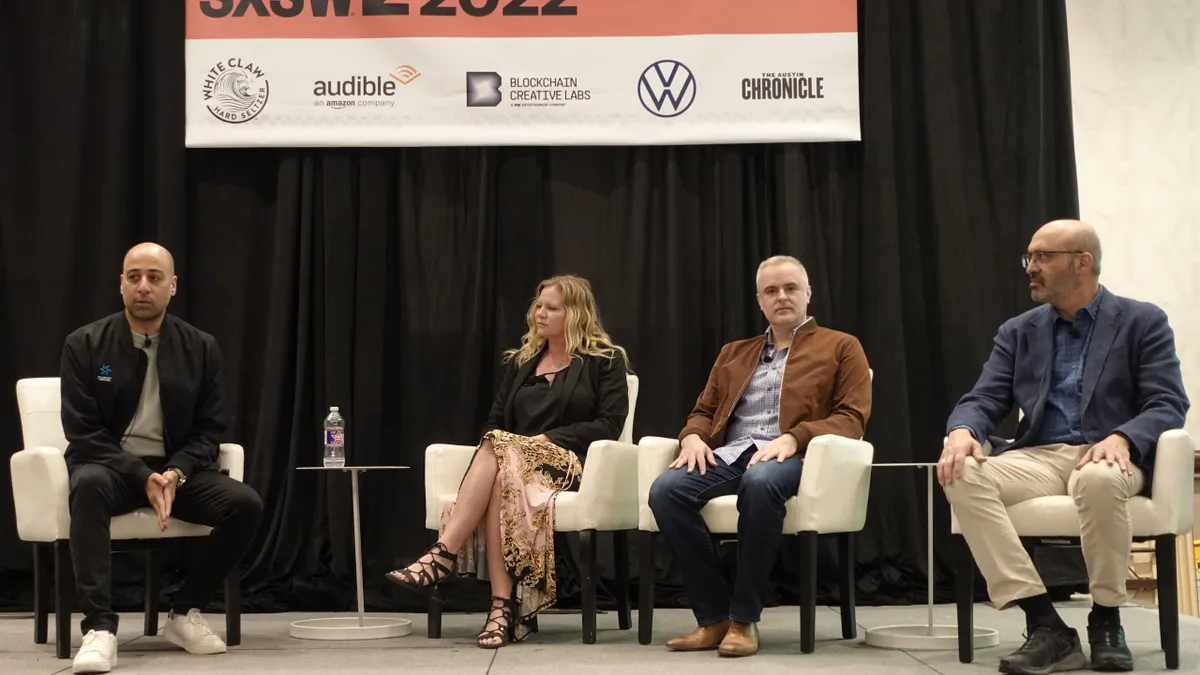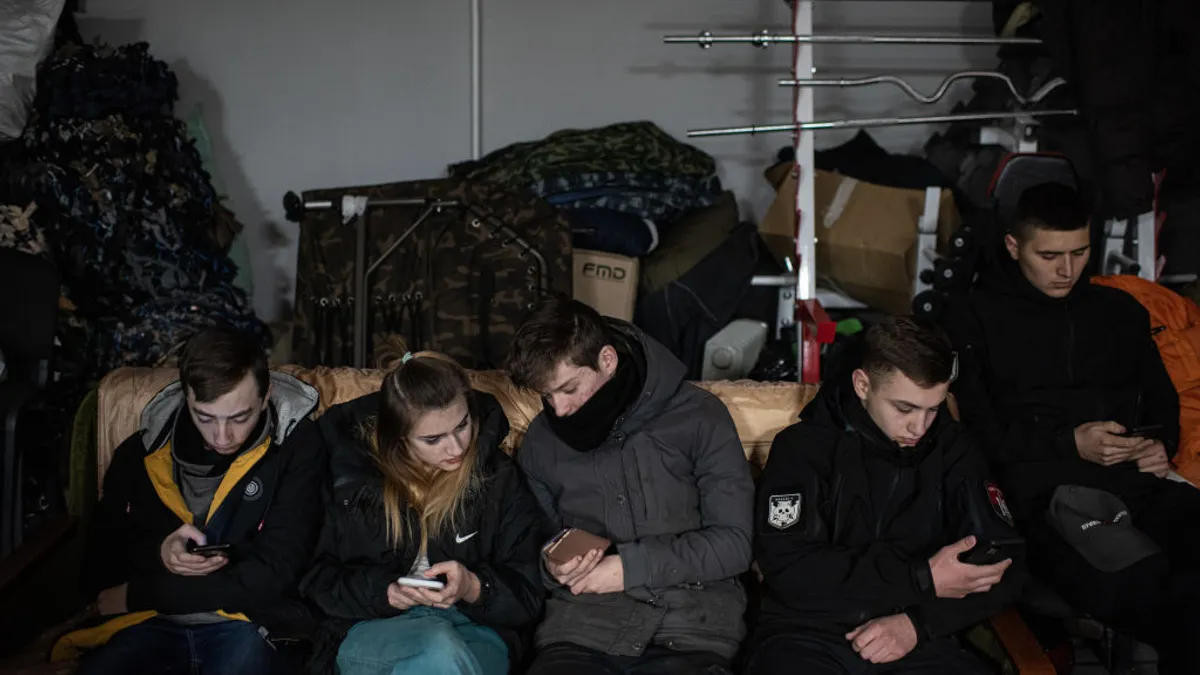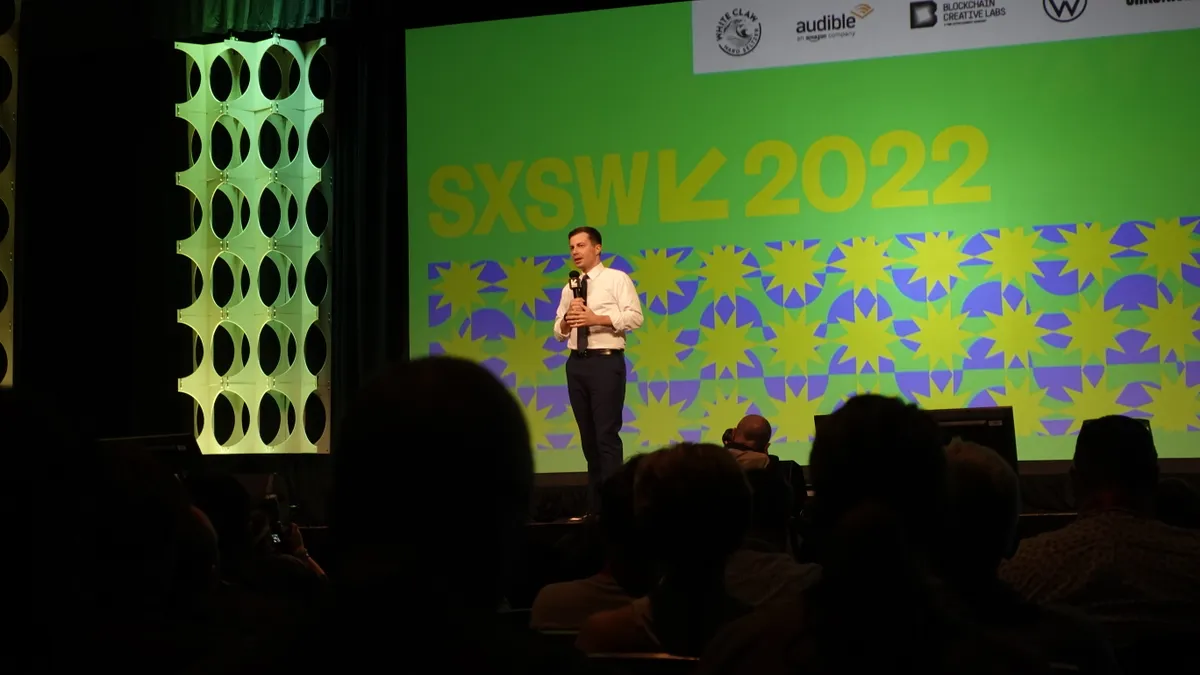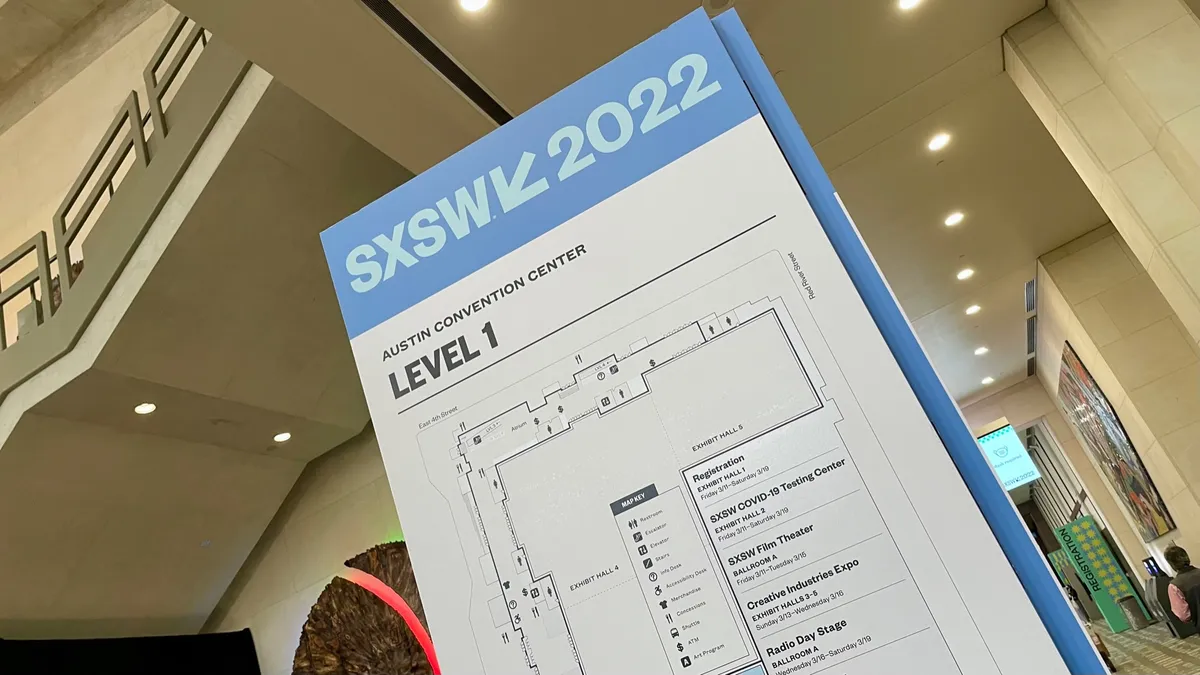Dive Brief:
- Author and billionaire philanthropist MacKenzie Scott gave a $436 million unrestricted charitable donation to Habitat for Humanity International and its 84 U.S. affiliate organizations to address the global housing crisis.
- The nonprofit said in a statement that it would use the money to increase the supply of affordable housing, advocate for policies and legislation that provide access to affordable housing, remove systemic barriers to Black homeownership and back innovative investments that serve communities of color.
- But housing experts say Scott's donation as well as the emergence of new technologies that make the construction of housing cheaper and faster are not going to address the housing crisis on its own. “It's a fantasy that we can build our way out of the housing crisis,” said Henry-Louis Taylor Jr., director of the University at Buffalo's Center for Urban Studies.
Dive Insight:
The cost of buying a home or renting an apartment has increased dramatically in many U.S. urban regions. As a result, buying a home has become out of reach for many and some renters have fallen behind on their payments.
And while the National Association of Realtors research found that the U.S. homeownership rate experienced its largest-ever annual increase in 2020, White families became homebuyers at much higher rates than racial minorities, especially Black families. Housing experts say the racial disparities are largely due to discriminatory policies and practices and systemic barriers that have prevented Black families from owning a home for decades.
The Scott donation to Habitat for Humanity attempts to help buck the housing crisis and alleviate racial disparities in home buying. For over 40 years, the organization has built homes for families in need with construction assisted by the future owner of the house and volunteers.
In a statement, Habitat for Humanity International CEO Jonathan Reckford said the organization will use the donation to "meaningfully advocate for the systemic and societal changes needed to improve equitable access to affordable housing."
New technologies in recent years have also helped homes to be constructed cheaper and faster. This includes 3D printed home technology.
ICON and New Story built the first permitted 3D printed house in Austin, Texas, in 2018 — a two-bed, one-bath 350 square-foot home that was printed in mere days.
The company and nonprofit later constructed a small community of 3D-printed homes in a rural village outside Nacajuca, Mexico, — providing furnished 500 square-foot spaces to local families living in extreme poverty. They are also now working to build a 100-home community in Austin. A number of other companies have since entered the space with analyses putting the 3D printing construction market at $40 billion by 2027.
"What if we stopped trying to make crappy houses better and fundamentally re-imagined what it would be to build a better house from the ground up?" said Dmitri Julius, chief people officer of ICON 3D during a panel this month at the SXSW conference in Austin. "How can we take leading-edge technology and allow it to grow at scale and put it in the hands of the people that need housing the most?"
At the moment, though, factory-built housing, where construction components are built in a factory off-site and assembled on-site, holds more promise than 3D printing, said Marybeth Shinn, a professor at Vanderbilt University focused on homelessness policies, in an email.
Habitat for Humanity, which constructs new homes and revitalizes existing housing, intends to use the Scott donation to expand its cost of home campaign to influence federal, state and local policies that address housing affordability.
The organization's approach is a proven model, not just for building housing and promoting homeownership but for addressing primary causes of racial wealth, the homeownership gap and poverty facing cities, said Martha Galvez, executive director of the Housing Solutions Lab, part of New York University's Furman Center.
"Effective philanthropy and technological innovation are critical to address the affordable housing crisis," said Galvez. "Pairing these resources with cutting edge low-cost building techniques could provide thousands of homes."
But while Scott's donation is generous, it "pales in comparison with the need," Vanderbilt's Shinn said in an email. The Build Back Better legislation that passed the House and is unlikely to pass the U.S. Senate allocated $150 billion towards affordable housing including billions for expanded rental assistance, the preservation of public housing and the construction, preservation and operation of housing units affordable to low-income households.
Galvez added that there's "no silver bullet" in investment or technology that will make up for the lagging housing production in cities that has gone on for decades.
To address the scale of the problem, in which more than 20 million renter households are cost-burdened, a more comprehensive approach driven by local governments is needed, Galvez said. That includes cities having functional markets that produce enough housing to keep up with demand; subsidies and incentives to construct new housing and help households with housing costs; and strong tenant and homeowner protections, she added.
While Habitat for Humanity has taken on multifamily housing projects in some places, it has traditionally created single-family homes, according to Shin. Creativity is needed around the forms of housing that can be constructed and maintained more cheaply, she said. With multifamily housing, for instance, land use and utilities are less costly and can be built near transit, reducing transportation costs, she said.
Taylor also echoed that the new technologies are promising and he described the Scott gift as "wonderful." But he noted that in many parts of the U.S., especially areas with large Black and Hispanic populations, the housing crisis centers around renters who spend large portions of their income on housing. The larger issue, he said, is the need to rehabilitate existing homes. The biggest impact that the Scott donation could have is if it produces new and replicable rehabilitation strategy models that demonstrate how to effectively address the issue and reduce the cost of rent for households.


















